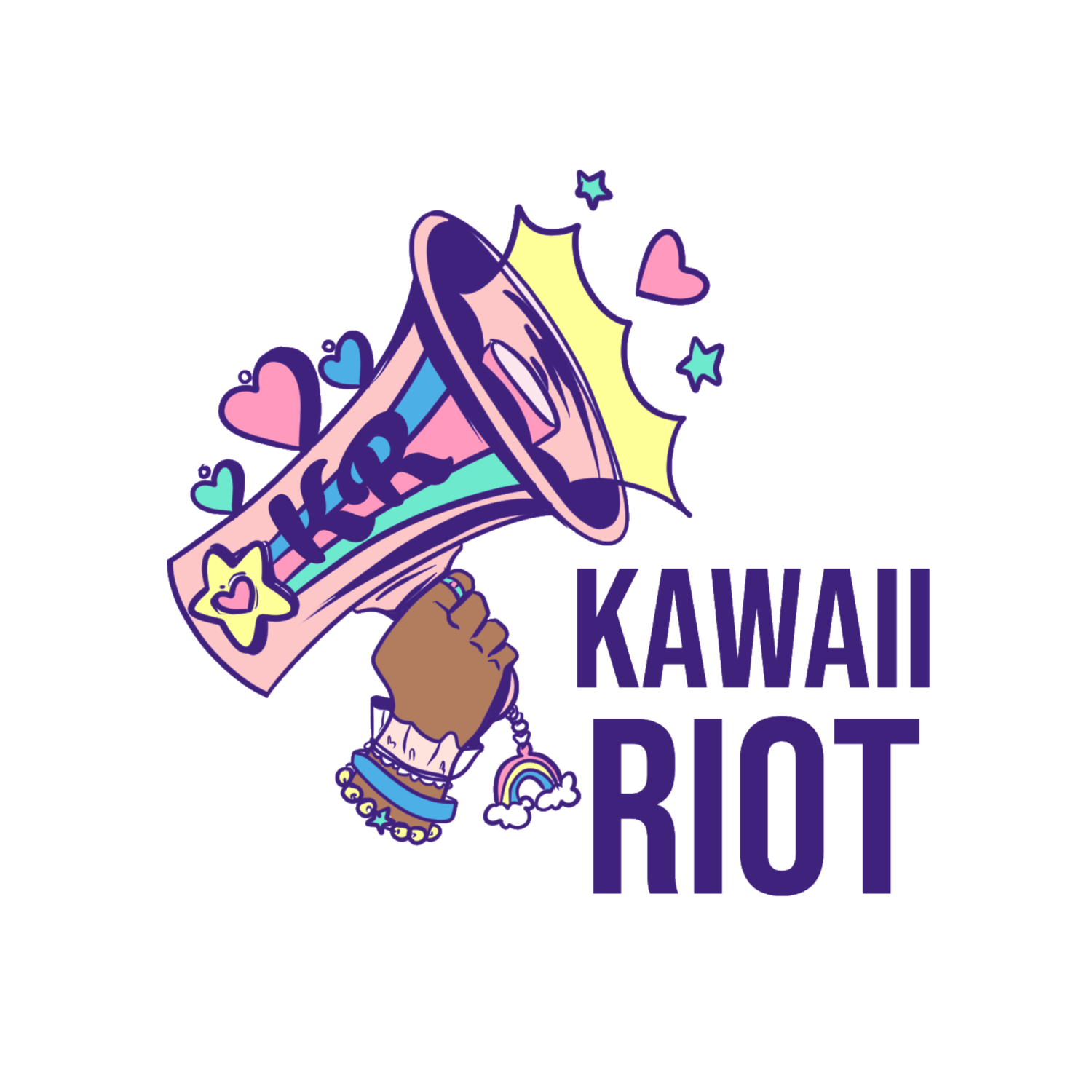Coordinating Fashion and Justice
This past year, I have struggled with my two biggest conflicting interests: dressing in overwrought, luxury clothing, and fighting inequality and injustice. How can I love dressing like royalty when so much long-term suffering has been inflicted by colonialism and the pervasive idea that royalty can lay claim to entire continents? How can I live a life of excess while acknowledging the need for racial and economic justice?
I grew up in relative privilege, believing that crowns were more a Kingdom Hearts-inspired aesthetic for me to emulate and not something derived from a cruel monarchy. I saw what I enjoyed wearing as something far removed from the concerns of the “real world”. I never gave further thought to how my purchases were aiding and promoting unsustainable business practices.
Just like our style can evolve, we can do better to scrutinize the habits we are building in alternative fashion.
How do you reconcile fashion and justice?
I grew up during the peak of mall culture in a small town when malls were glittering expanses teeming with stores and restaurants. My friends and I never had more than twenty dollars between us. We would spend hours inside a knock-off Claire’s (the real one was in the mall near the “nice” neighborhood), trying to combine different sales to get the most plastic accessories for our budget. We gawked at the price tags in Dillard’s, flopped around on the display beds in Sears, and left mostly empty-handed and full of American Chinese food at the end of our day-long exploits. There was always something new to see, even during the summer months where we found ourselves visiting the mall every weekend. We grew up with ideas that fashion was fleeting and changing, and for that reason, we knew the end of a season meant better sales.
In a sense, as I grew older and had more disposable income (and my first credit card), the inventiveness of my youth faded. I was finding myself raiding the racks of the local H&M a few times a year, racking up three figures on the receipt before doing it all over again as the seasons and trends changed. Before I knew it, I was making an annual pilgrimage to Goodwill with a large bag in tow. This did not include the separate garbage bag of tattered clothes that did not survive my favoritism that year.
This pattern started to change when I heard about what happened to clothes taken to Goodwill. The bulk of their clothing donations end up in landfills, unable to be resold. I was more than happy to push my waste onto others, and did not follow up on the direct consequences of my actions. I was simply not holding myself, nor the businesses I frequented, accountable.
How do you hold businesses accountable?
The methods I use to hold businesses accountable is always changing. I learn more and develop new interests all the time. It is a constant work-in-progress.
Every once in a while I get swept up in a new shoe release—has anyone seen the new Nike Aqua Rifts? —or a throwback collaboration. But I find it important to pause for a moment and ask myself a few questions first:
How am I holding myself, and the businesses I frequent, accountable?
Do I condone their use of exploitative labor, encourage art theft, or support people who uphold discriminatory beliefs?
Do I blindly follow a trend without doing my own research into who made my clothes, who they were designed by, and who promoted and modeled the clothing?
Do I engage in impulse purchases and get swept up in “hype culture”? (Hasan Minhaj does a great job of breaking down this term.)
How do you fight the urge for instant gratification?
Our current social media-driven culture revolves around instant gratification, manifested by free 2-day shipping promo codes and the frantic re-opening of businesses in the middle of a still-worsening pandemic.
However, over-the-top fashion does not have to abide by the rules set by large-scale, popular retailers. You can wait for an independent artist to complete your commission, back a Kickstarter for an item you won’t see until next year, or painstakingly craft an item to incorporate into your next outfit. Fashion can look excessive without actually being excessive.
Patience, intelligent purchasing, and active attempts to dismantle the status quo in the industry are important steps towards finding a space where you can be “extra” and still fight for equality. Asking yourself important questions as you make purchases instead of immediately clicking the “Buy it Now” button can be a life-long practice that immediately changes the way you view your closet and interact with alternative fashion.
In a sense, engaging and indulging in our hobbies in a way that shakes up the status quo is a form of radicalism. The simple fact that we are even finding small bits of happiness at all is a show of strength. I do not believe that there is one right answer for this, but rather a constant journey to do better and adjust accordingly as your style and knowledge evolve and grow. Think of this as a conversation starter, not a guidebook.

![[Alt text: An image of three crowns on a pastel background illustrated by Avina-kei.]](https://images.squarespace-cdn.com/content/v1/5eed4922dac9c30773196892/1597591450015-3J2NO06814HIAZIRMLK6/Crown_Art+3.png)
![[Alt text: A bag of money and a stack of cash on a pastel background illustrated by Avina-kei.]](https://images.squarespace-cdn.com/content/v1/5eed4922dac9c30773196892/1597591581403-FGUVV1MY2YYFSZUQH4WE/Untitled_Artwork+7.png)